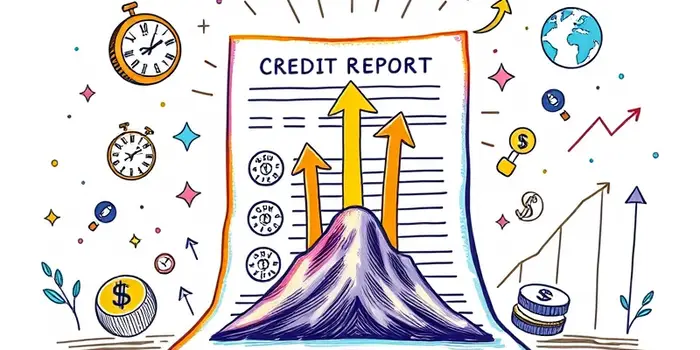
Many consumers focus on lowering balances and hope their scores will climb. Yet, the real driver behind strong creditworthiness often lies elsewhere. Understanding what truly moves the needle can transform your approach to personal finance.
In the world of credit scoring, nuances matter. While balances influence your score, payment history reigns supreme. This article unpacks why timely payments outrank even low utilizations and offers actionable insights to harness this knowledge.
Credit scoring models like FICO and VantageScore weigh several factors to predict risk. Among these, payment history carries the highest weight, reflecting its critical role.
Despite the substantial 30% weight of amounts owed, a solid payment record outweighs even the most optimized utilization ratios.
Payment history tracks your repayment behavior over time, encompassing every credit account under your name.
Lenders view this record as the best predictor of future repayment behavior, since past conduct often signals reliability or risk.
A single late payment can subtract dozens of points from your score; serious delinquencies can erode it by a hundred points or more. Conversely, a flawless record builds trust with creditors, unlocking better rates and higher limits.
Studies confirm that even a absolutely perfect payment history is treated more favorably than balances kept at low levels but marred by a late payment or two.
For example, missing one due date on a credit card can cost 50+ points, while sustained on-time payments can quickly restore or elevate your standing over months.
Lenders prioritize certainty. While low balances reduce risk, they do not guarantee future on-time behavior. Payment history, however, directly reflects your financial discipline.
Consider two borrowers: one owes little but has missed payments, and another carries moderate debt yet never skips a due date. The latter typically secures better loan terms, proving that negative marks from payment history carry heavier consequences than high utilization.
The amounts owed category includes your total debt and credit utilization ratio—the percentage of available credit you're using.
Maintaining utilization under 30% is advisable; the most creditworthy individuals often stay below 10%. While paying down balances can yield rapid score improvements, these gains are temporary if payment behavior falters.
Serious derogatory marks, such as bankruptcies and foreclosures, remain on credit reports for up to a decade. Collections—even small ones—can inflict lasting damage that overshadow the effects of high balances.
Although high balances are reversible by paying down debt, negative events in payment history linger. Credit scoring models forgive isolated, minor latenesses more readily, but patterns of delinquency can bar you from premium credit options.
“Payment history is the single biggest factor that influences your credit scores,” notes a leading credit analyst, emphasizing its dominant role in risk assessment.
Maintaining low balances can offer quick wins, but only a spotless record ensures sustainable, long-term credit growth.
By centering your strategy on payment punctuality and responsible debt management, you’ll cultivate a robust credit profile that withstands market fluctuations and opens doors to better financial opportunities.
Remember, your payment history is more than a number—it’s a testament to your reliability and commitment. Nurture it carefully, and your credit health will follow.
References













